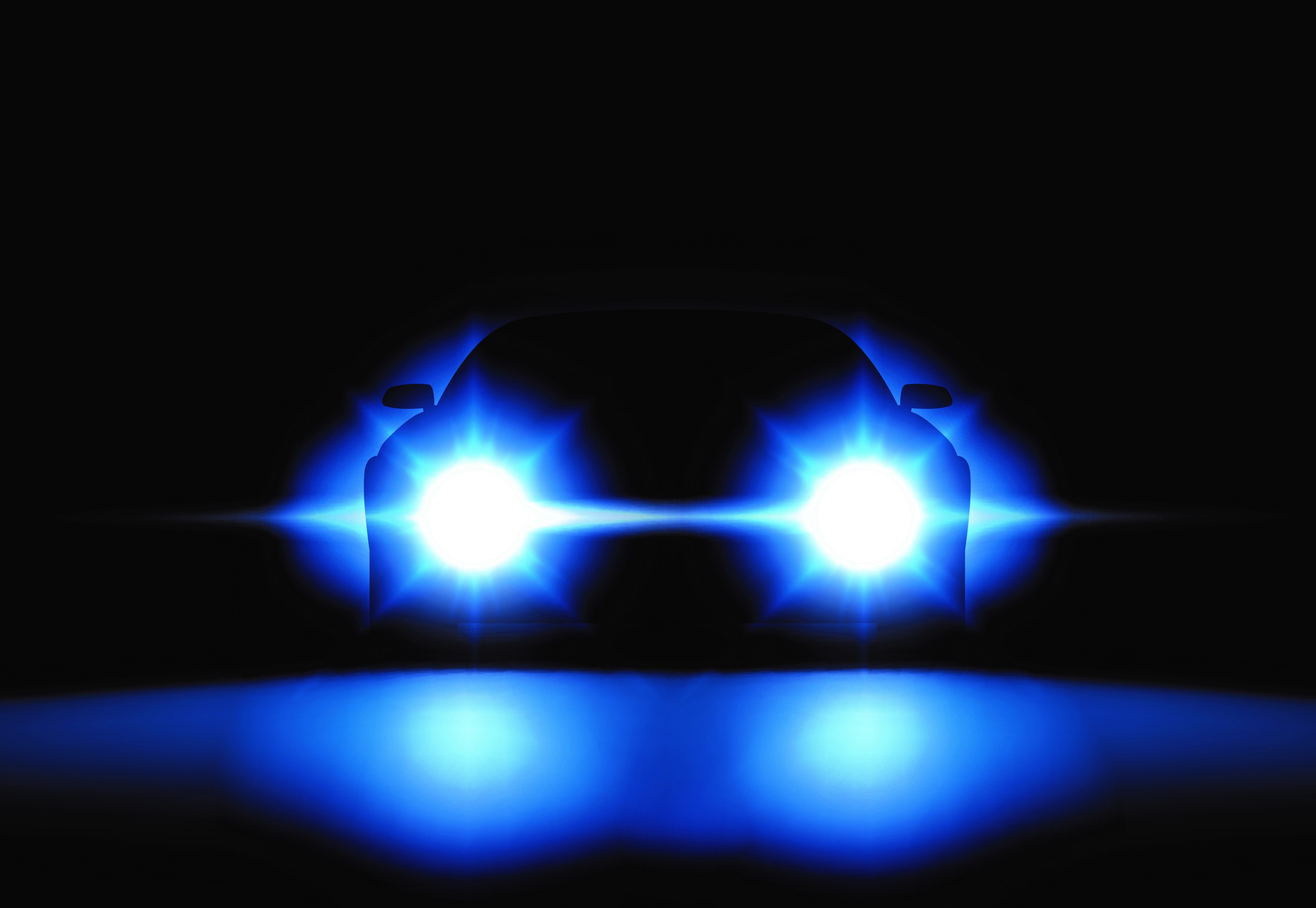With drivers claiming the glare from headlights is getting worse, the RAC is calling on Government to commission an independent study into the problem.
The RAC has been surveying drivers on dazzling headlights since 2018, but new findings from a survey of 2,000 drivers suggests that 85% believe it is more commonplace.
The survey also found that 89% of drivers think at least some headlights are too bright, of which three-in-10 (28%) – the highest recorded – think most are.
Of the drivers who complained about the brightness of car headlights, some 91% said they get dazzled when driving, with three-quarters (74%) saying this happens regularly.
When it comes to the effects of glare on drivers, two-in-three (67%) who suffer say they have to slow down considerably until they can see clearly again, while a similar proportion (64%) believe some headlights are so bright they risk causing accidents.
In fact, one-in-20 of these respondents (5%) said that they have nearly been involved in a collision due to being dazzled.
Furthermore, 7% said that they find headlight glare so bad that they avoid driving at night altogether, a figure that rises to 14% for drivers aged 65 and over.
“We urgently need the Government to take a closer look at the issue,” Rod Dennis, RAC
The RAC has raised the issue of headlight glare with the Department for Transport (DfT) and has been working with a member of the House of Lords, Baroness Hayter, to make drivers’ concerns known among Government officials.
The RAC provided details of its research for a report on vehicle glare published last week and will be meeting with the Government this month (January) to discuss the issue.
RAC spokesman Rod Dennis said: “Our figures suggest drivers are more concerned than ever about headlight glare, with a huge proportion wanting to see something done about it.
“We urgently need the Government to take a closer look at the issue, ideally by commissioning an independent study to understand what’s causing an increase in reports of dazzling and, most importantly, what can do be done to keep drivers safe.”
The reasons drivers perceive headlight glare to be such an issue are less clear, although an overwhelming 87% of them think it is mainly due to some lights just appearing much brighter.
This, says the RAC, could be as a result of the increasing prevalence of cars fitted with LED headlights, leading to a much more intense and focused beam that the human eye reacts differently to, compared to a conventional ‘yellower’ halogen bulb.
While LED headlights are great for improving a driver’s view of the road ahead, this can be to the detriment of other road users who encounter them.
However, almost half (44%) of drivers think the dazzling is caused by badly aligned headlights.

A Freedom of Information request submitted to the Driver and Vehicle Standards Agency (DVSA) in November 2023 shows that since 2019, an average of 1.6 million or 5% of Class 4 vehicles – which includes passenger cars – failed their MOTs as a result of poor headlight aim.
Cars that sit higher on the road, especially SUVs, may also be a factor with those in conventional cars such as hatchbacks, saloons or estates suffering the most.
Six-in-10 drivers (62%) of conventional cars blame the dazzling on higher vehicles, whereas only 35% of those in higher vehicles point the finger similarly sized vehicles.
Government collision statistics shows that since 2013, there has been an average of 280 collisions a year where dazzling headlights were a contributory factor. Of these, six a year involved someone losing their life.
Dennis said: “On the one hand, brighter headlights can be a good thing as they give drivers a clearer and safer view of the road view of the road, but that appears to come at a cost for those on the receiving end of excessively bright lights.
“The numbers of reported road casualties where headlight glare was listed as a contributing factor might be small when compared to something like speeding, but that only tells part of the story. Is it right we have such a high proportion of drivers who feel unsafe when they’re driving at night, with some having even given up night-time trips altogether?”
Mike Bowen, director of knowledge and research at the College of Optometrists, believes results from the research by the RAC are helpful to understand of how changes in vehicle headlight technologies may be affecting both the functional vision of young and older drivers, and their visual comfort, when driving at night.
“Older drivers are likely to be disproportionately affected by headlight glare, so may be more likely to experience difficulties or to decide not to drive at night at all,” he explained.
“We urge the Government to commission more technical and clinical research to have a better understanding of this issue and what should be done to ease the effects of dazzling headlights.”
Nicholas Lyes, director of policy and standards at IAM RoadSmart, also wants to see Government action to tackle the problem.
He said: "Drivers are increasingly telling us they are concerned by modern headlights and some are now even limiting the amount of time they spend driving during darkness to avoid glare.
“Being dazzled by a headlight has a worrying impact on road safety and we need policymakers to take this matter seriously."
Dealing with glare – what to do if you find you’re getting dazzled
Always use your rear-view mirror properly at night. Some newer cars have self-dimming rear-view mirrors that can reduce dazzle from vehicles behind – if you’re changing your car soon, look for one that has such a mirror fitted. But most drivers still need to manually adjust their mirrors in the dark to reduce glare. About half the drivers surveyed by the RAC who reported getting dazzled said they do so at night (54%).
Speak to your optometrist. Just 6% of drivers told the RAC they’d talked to their optician about glare. For those who wear glasses, a glare-minimising coating can help – something a quarter (25%) of affected drivers said they are benefitting from.




















Login to comment
Comments
No comments have been made yet.